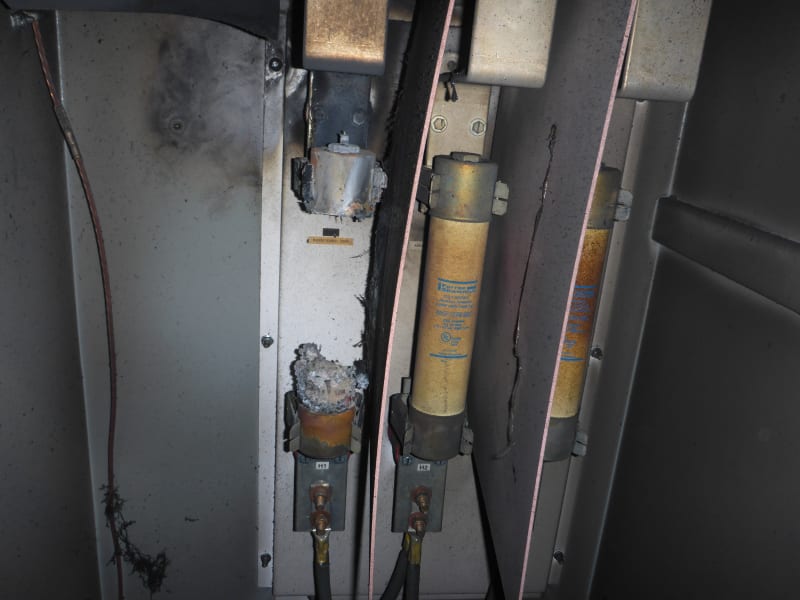Article 240.101 in the National Electric code allows the overcurrent protection for feeder cables above their ampacity for feeders over 1000V.
240.101 Additional Requirements for Feeders (over 1000V)
(A)Rating or Setting of Overcurrent Protection Devices. The continuous ampere rating of a fuse shall not exceed three times the ampacity of the conductors. The long-time trip element setting of a breaker or the minimum trip setting of an electronically actuated fuse shall not exceed six times the ampacity of the conductor. For fire pumps, conductors shall be permitted to be protected for overcurrent in accordance with 695.4(B)(2).
I'm looking at the existing settings on 12kV feeders in this Plant, and many have the long term settings set around 700A on a 470A rated cable.
What's the logic behind this in the NEC ?
240.101 Additional Requirements for Feeders (over 1000V)
(A)Rating or Setting of Overcurrent Protection Devices. The continuous ampere rating of a fuse shall not exceed three times the ampacity of the conductors. The long-time trip element setting of a breaker or the minimum trip setting of an electronically actuated fuse shall not exceed six times the ampacity of the conductor. For fire pumps, conductors shall be permitted to be protected for overcurrent in accordance with 695.4(B)(2).
I'm looking at the existing settings on 12kV feeders in this Plant, and many have the long term settings set around 700A on a 470A rated cable.
What's the logic behind this in the NEC ?

